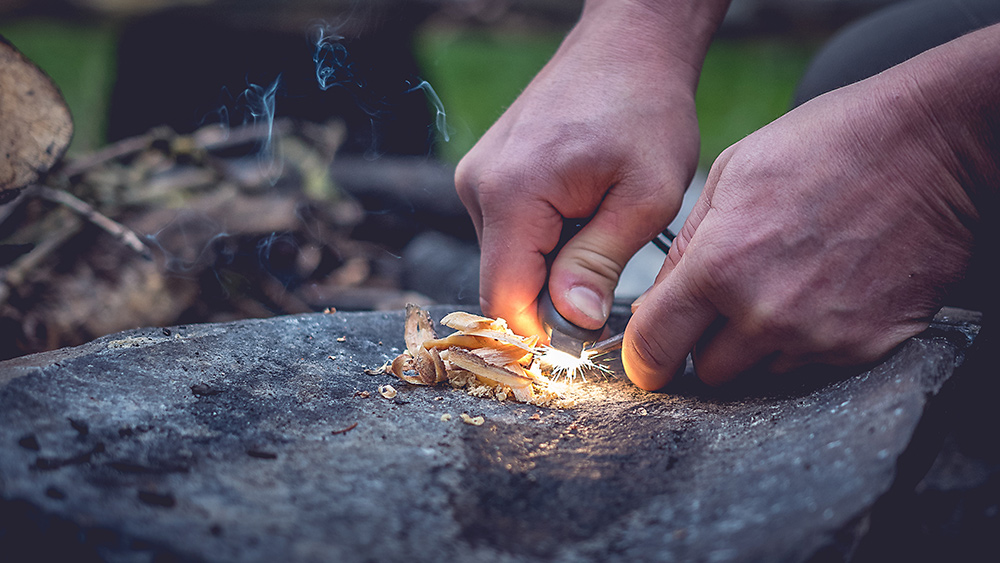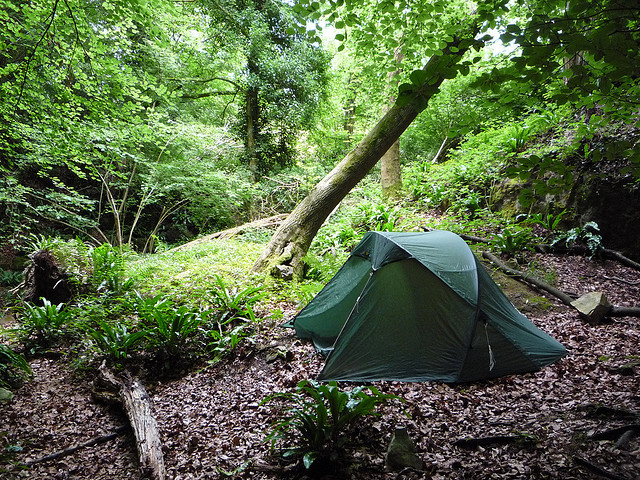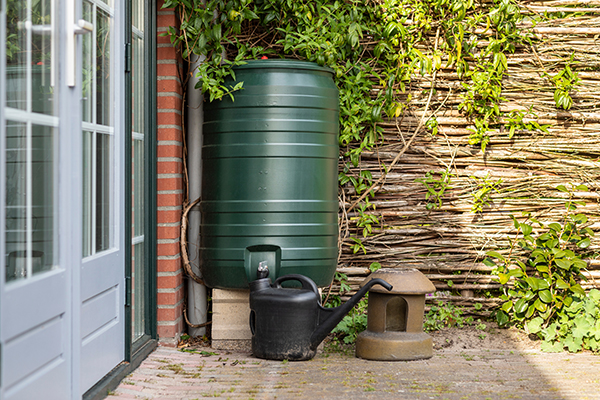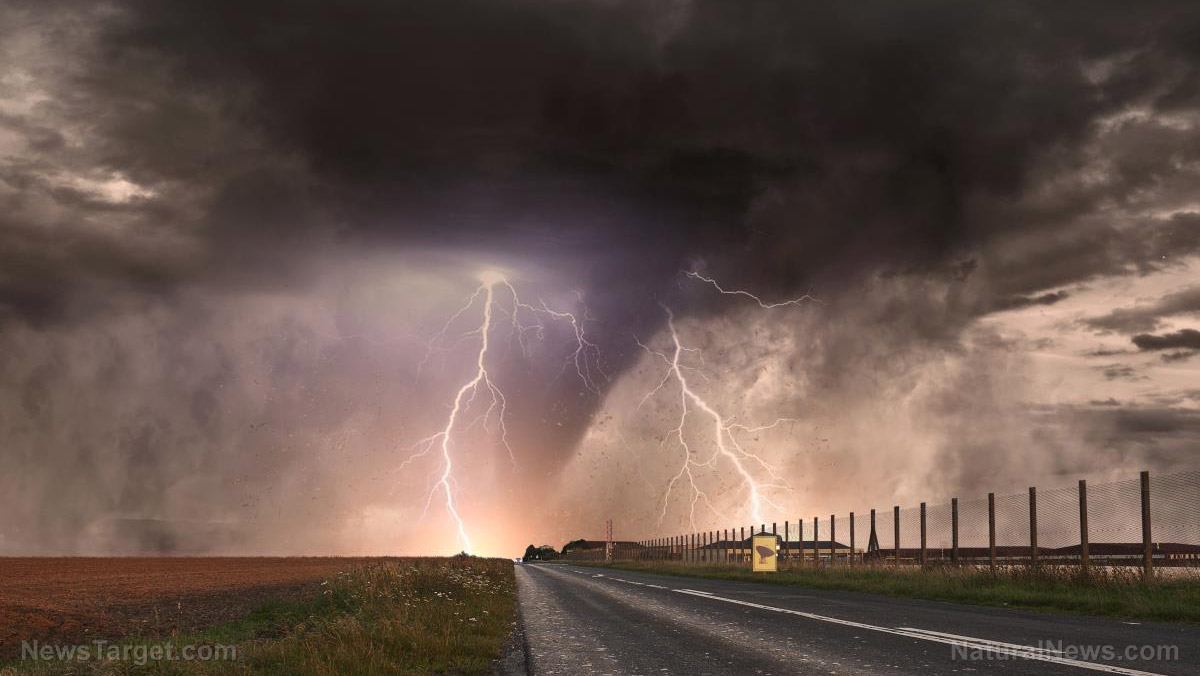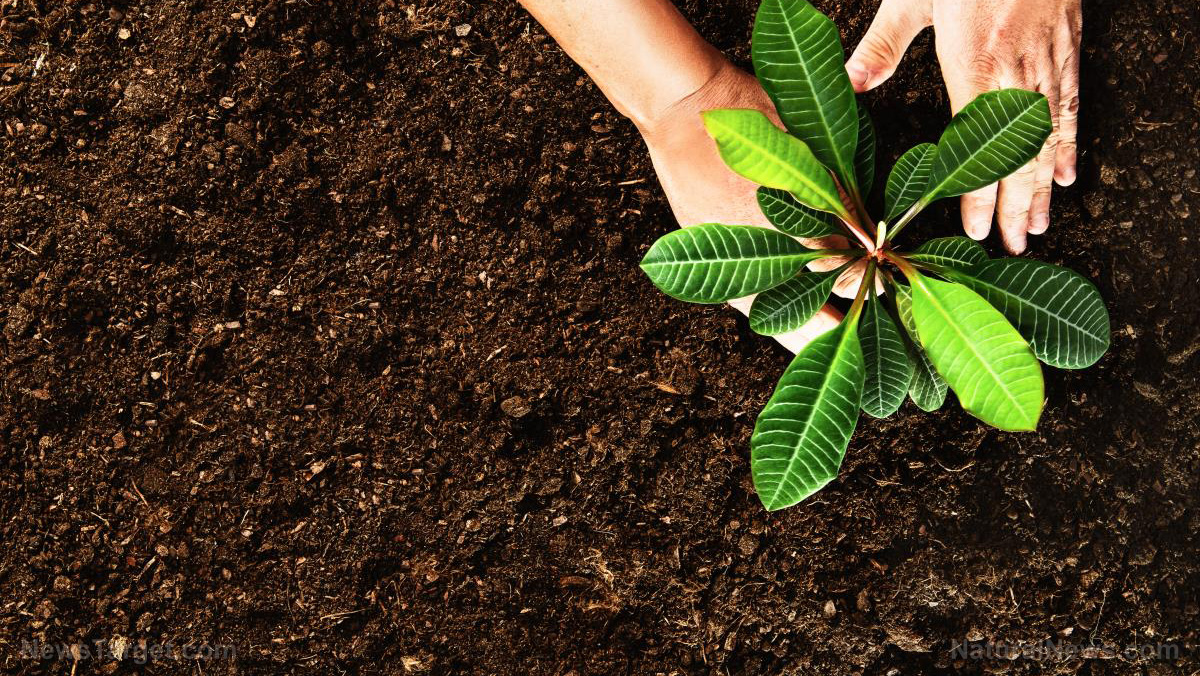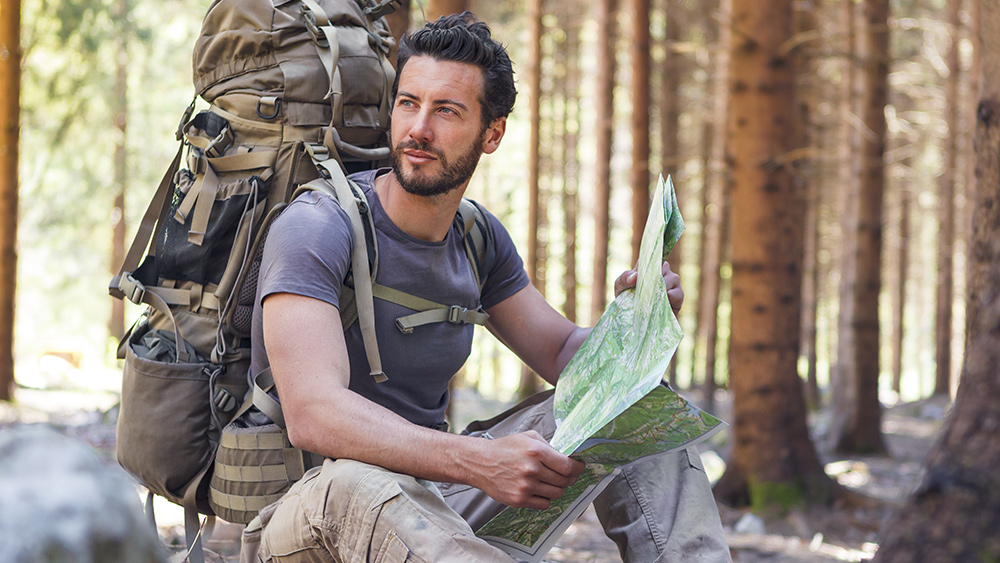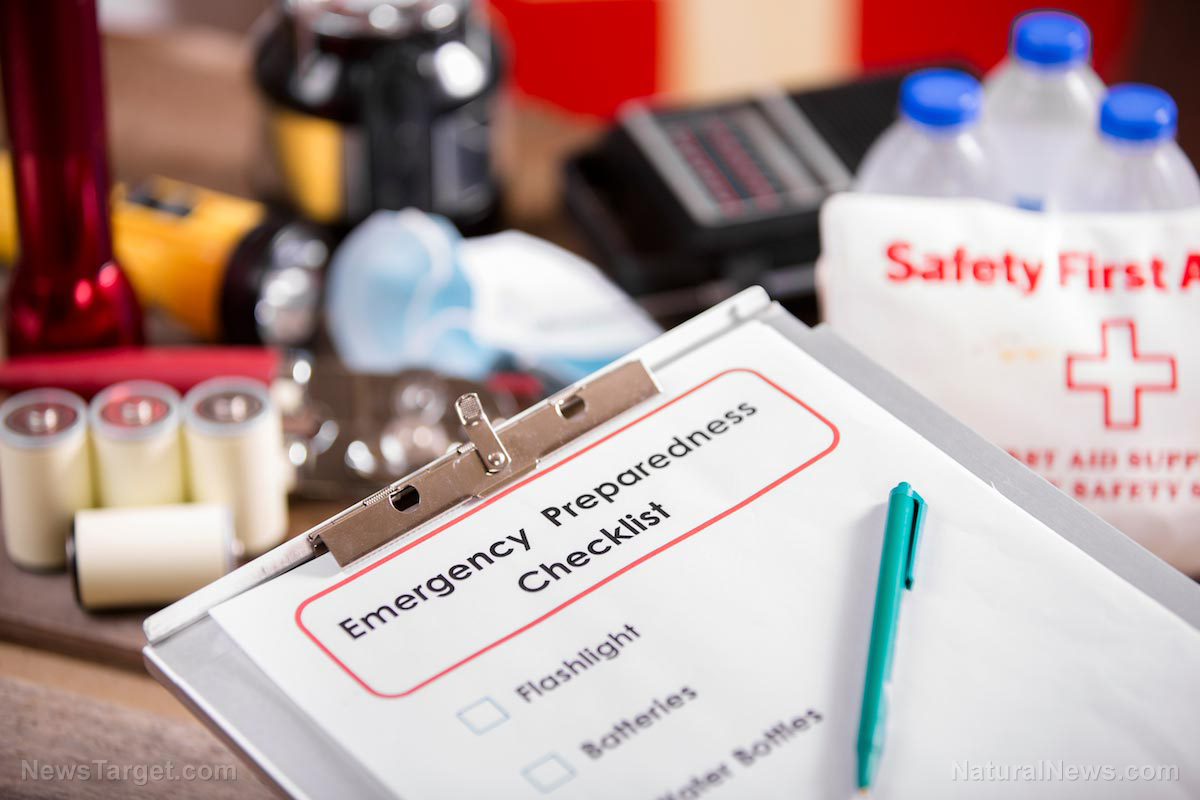Prepping basics: How to survive in the woods
01/10/2023 / By Zoey Sky

Your gear can help improve your chance of surviving in the wilderness when SHTF.
After packing a bug-out or survival bag, learn how to find water, start a fire, build a shelter and find food before SHTF. (h/t to TheSurvivalistBlog.net)
Different scenarios require different strategies if you want to survive in the wilderness. It’s best to prepare for common scenarios such as getting lost while hiking or bugging out when SHTF.
If you are going camping or hunting in the woods, bring a survival kit with these useful supplies and items:
- Ax or machete
- A first-aid kit
- Clean drinking water stored in a hard canteen
- Cordage
- Ferro rod
- Headlamp
- Lighter
- Multitool
- Ready-to-eat food and snacks
- Safety whistle
- Survival knife
- Tarp
- Tinder
- Water filter/water purification tablets
Don’t get complacent because you have an outdoor survival kit. Before SHTF, you should also learn how to effectively use natural resources around you to supplement or replace your tools if you lose your gear.
Regardless of the climate or area, these are some basic needs that you must address so you can survive in the woods:
- Water
- Fire
- Shelter
- Food
Without these four things, you won’t survive long, especially if you are dealing with harsh weather conditions or if you have underlying health conditions that require medical attention.
Prioritize these items when planning how to survive in the woods.
Tips for finding water
When your water runs out, you will need to know how to find a source of clean water for refilling your supply. Try to set up camp near a water source if possible so you don’t have to use up energy to haul water back to your camp.
Here are some things to remember when looking for water sources:
- If nothing is growing in the water, don’t drink it. Water that seems clear can contain things like dead animals upstream, fecal runoff or campers who don’t know how to clean up after using the washroom.
- Even if you find a spring, you should still filter it since chemicals could have leached into the source.
- Bring a couple of backup water filtration systems so you can purify the water without worrying if the source is tainted or not.
- If you don’t have a water filter, you can boil water to purify it. Bring the water to a boiling point and let it boil for five minutes. This will destroy any pathogens and bacteria that can’t handle high heat.
Tips for effective firestarting
It can be difficult to build and maintain a fire, especially in changing climate conditions and temperature variations.
But if you have a firestarting kit in your survival bag, you will have an easier time building a fire after SHTF. Fire is important because it helps you stay warm, cook food, boil water and keep your camping site safe.
To build a long-lasting fire for your camp, you should also learn how to look for the right fuel source. Dead trees make for excellent fuel for fires. Trees that are still standing, but missing large sections of bark are generally dead.
Try not to use fallen trees if it has been raining for a few days since they have likely absorbed water from the rain and the ground.
A good fire requires three things: ignition, oxygen and fuel. A balance of these things will ensure a steady fire.
Start your fire very small and keep building it until you have a manageable heat source that you can easily maintain. While starting, use kindling like small twigs the size of pencil lead. Then add small branches, medium branches and logs.
Tips for building shelter
After finding a water source and building a fire, set up a shelter so you can protect yourself from the elements and rest to recover your strength.
There are many ways to build a shelter if you don’t have a tent in your gear. Decide on the type you need based on the environment and materials you have.
Tarp
A tarp is very versatile. Choose a tarp with multiple tie-out points for maximum stability and configurations.
A-frame shelter
An A-frame shelter is usually the first shelter that preppers learn to make since it is the simplest to put together.
Use two large Y-shaped sticks to hold up a sloping ridge pole to create a small area underneath where you can sleep. Line the sides with poles and debris from the forest to create a wind-resistant shelter that can shelter you from the rain.
Snow trench
If it’s winter and the snow is deep and dense, build a snow trench. First, dig down into the snow and create a small, winding trench that leads to your sleeping area. (Related: 20 Wilderness survival tips that might save your life after SHTF.)
Build up the side walls and use material like pine boughs or a tarp to cover the top of your sleeping area. The winding tunneling will help diffuse wind gusts and helps keep the heat in.
Tips for finding food
If SHTF, you will need food to keep up your energy. Without food, you won’t be able to function properly.
Even if you have food in your survival kit, it will eventually run out so you should learn how to find or hunt for food. You can find food by foraging for wild edibles, fishing, hunting or setting traps for small animals.
Before disaster strikes, learn skills that will help you find and purify water, start a fire, build a shelter and find food.
Watch the video below to learn about useful bushcraft skills.
This video is from the SurvivalTV channel on Brighteon.com.
More related stories:
Survival basics: How to find food and medicine in the wild.
Heat, shelter and survival: 22 Winter safety tips for preppers.
Prepper foraging tips: 6 Wild lettuce lookalikes to avoid.
Sources include:
Submit a correction >>
Tagged Under:
bug out, firestarting, food supply, how-to, off grid, preparedness, prepper, prepping, shelter, SHTF, survival, survival skills, survivalist, tips, water supply, wilderness, wilderness survival
This article may contain statements that reflect the opinion of the author
RECENT NEWS & ARTICLES
COPYRIGHT © 2017 OFFGRID NEWS

